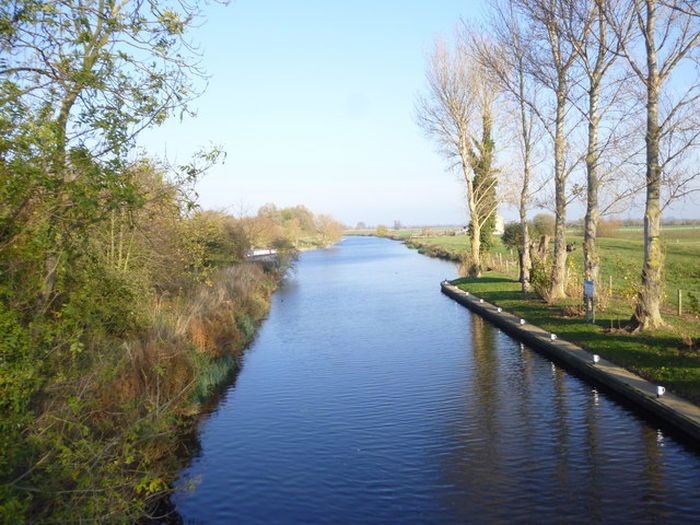New method helps protect ozone layer from illegal emissions
Cambridge researchers have developed a new metric to assess the impact of illegal emissions on the ozone layer: the research may prove paramount for future policymakers

Cambridge researchers have developed a new way to measure the impact of illegal emissions that are damaging the ozone layer. The research provides an insight into how effective the current ozone layer protection protocols actually are.
The new method, termed the Integrated Ozone Depletion metric (IOD), uses three factors to assess the impact of new emissions on the ozone layer: the strength of an emission, the time it will remain in the atmosphere, and how much ozone it will chemically destroy.
This development is significant because it represents a simple and intuitive way for policymakers in environmental protection and human health sectors to calculate the impact any emission scenario could have on ozone recovery.
The IOD metric was developed using a computer model of the atmosphere, called the UK Chemistry and Aerosols model (UKCA), which was initially created by the National Centre for Atmospheric Science and the Met Office to make further projections about important atmospheric chemicals.
‘We are now in a new phase — assessing the recovery of the ozone layer’
"In the UKCA model we can perform experiments with different types and concentrations of CFCs [chlorofluorocarbons], and other ozone-depleting substances,” explained the co-author Dr Luke Abraham, a researcher at the University of Cambridge. “We can estimate how chemicals in the atmosphere will change in the future, and assess their impact on the ozone layer over the coming century.”
The ozone layer, located in the earth's stratosphere, is a region of colourless ozone gas that absorbs harmful ultraviolet rays from the sun — forming a protective barrier for life below.
In 1985, scientists found this layer to be extremely depleted over Antarctica, an issue now described as the "ozone hole". This was subsequently found to be caused by CFC pollutants in the atmosphere, the product of human emissions.
To combat this issue, the international community decided to phase out the production and consumption of CFC gases by adopting the Montreal Protocol in 1987 — an international treaty.
This protocol has been successful at protecting the ozone layer and helping it recover. But, as Professor John Pyle, from Cambridge’s Yusuf Hamied Department of Chemistry, puts it, “we are now in a new phase - assessing the recovery of the ozone layer”, which, in turn, “calls for new metrics”.
Whilst the ozone layer is not necessarily talked about much these days, there is still significant work to be done: both in restoring it back to its original state, and in protecting it. This research will play a significant role in allowing that to happen.
 Comment / London has a Cambridge problem 23 December 2024
Comment / London has a Cambridge problem 23 December 2024 Arts / What on earth is Cambridge culture?20 December 2024
Arts / What on earth is Cambridge culture?20 December 2024 News / Cam Kong? Ape-like beast terrorises student24 December 2024
News / Cam Kong? Ape-like beast terrorises student24 December 2024 News / Cambridge ranked the worst UK university at providing support for disabled students21 December 2024
News / Cambridge ranked the worst UK university at providing support for disabled students21 December 2024 Features / Home for the holidays: bridging identities25 December 2024
Features / Home for the holidays: bridging identities25 December 2024






